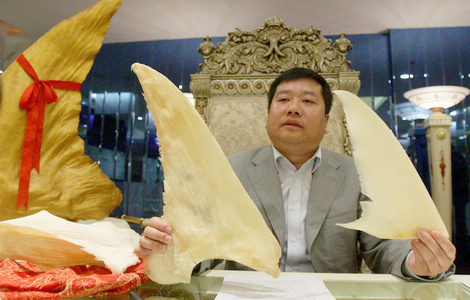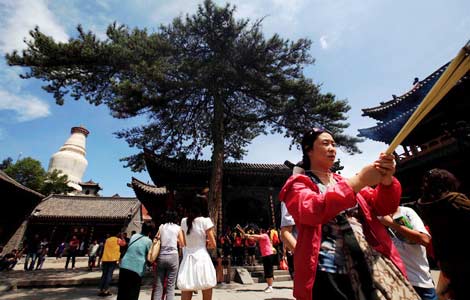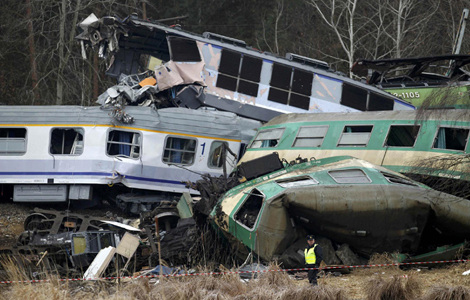 |
|
|
|
|||||||||
BEIJING - Cloud seeding can be used in as much as one-third of China, the biggest market in this industry globally, said Zheng Guoguang, head of the China Meteorological Administration and a member of the Chinese People's Political Consultative Conference National Committee.
Zheng added that the government will provide the service to the private sector in the near future.
Weather modification technology was introduced in China in 1958 by Russia.
The industry has entered a fast-growth period, according to Zheng. The nation will launch 12 new weather satellites before 2020 and raise the number of automated weather stations from the current 34,000 to 60,000 within three years.
"Weather modification technology is crucial to China", said Zheng. "About 70 percent of natural disasters in China are caused by weather."
Most of the nation's natural and agricultural disasters, especially those involving grain and tobacco, are caused by drought, he explained.
Southwest China's Yunnan province is normally a monsoon area, he said. However, the administration has recently been forced to use cloud seeding to relieve an ongoing drought in the province.
Since Feb 27, the drought has caused water shortages for about 3.2 million people in the province.
Factories and mines have suspended production, resulting in more than 10 billion yuan ($1.6 billion) in losses, according to local authorities.
After the administration used cloud seeding on March 2, some areas in Yunnan had rain for the first time in five months.
"My family was so happy to see rain that we all ran out of the house to watch it," said Zheng Guocheng, a tobacco planter in Yunnan's Songming county.
The farmer told China Daily that his vegetable yield had been reduced by 30 percent compared with last year because of the drought.
"Now is a crucial time for growing tobacco. If rain had not fallen, we would have had to carry water to the fields."
To produce artificial rainfall, there are three mainstream measures: airplanes, cannons or rockets, said Zheng from the administration.
"China's technology in this field is comparable to that of developed economies such as the United States and Russia, and our technology and expertise have been exported to countries such as Cuba and the United Arab Emirates," he said.
The next step is to establish an inter-administrative regional weather modification system to implement projects across larger areas, such as the Qilian and Tianshan mountains, Zheng said.
During China's 12th Five-Year Plan period (2011-15), "our goal is to reduce losses caused by weather disasters from 3 percent of GDP last year to 1 percent by the end of the period", said Zheng.
He added that the country will start to provide weather modification services to the private sector in the near future.
"Most of our climate services, such as weather forecasts, are currently only for the public sector. But in developed economies, weather services have been adapted for use across many industries," he said.
For example, in the US, a private weather modification company can help farms or hydropower stations by seeding clouds. In this respect, China still requires more time to develop the market, said Zheng.
Guo Anfei in Yunnan province and Wang Qian in Beijing contributed to this story.
Wu Ying, iPad, Jeremy Lin, Valentine's Day, Real Name, Whitney Houston, Syria,Iranian issue, Sanyan tourism, Giving birth in Hong Kong, Cadmium spill, housing policy

|

|

|

|

|

|